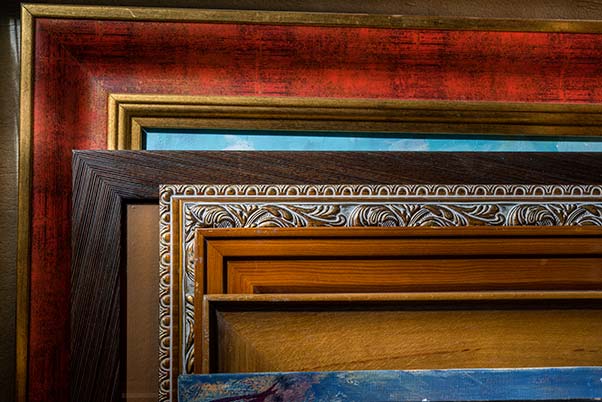Who doesn’t love art; it beautifies the space around us, brightens up our home or office, and makes us feel life more intensely by conveying our deepest emotions. If you have an art collection but not the means to keep everything on display, then you’ve probably put a little thought into how to properly store your art. Storing art so it stays in good condition takes a little bit of planning and preparation. You can’t just throw it in a closet or the garage and expect it to last.
Art museums throughout the world have also put a great deal of thought and effort into this; allowing us to enjoy the great works of art that have been handed down through the ages. Museums specialize in preserving artwork and keeping it looking great. Unfortunately, they also spent countless hours attempting to restore works of art that weren’t stored properly. Whether you have a great art collection, or a painting or two passed down through your family, there are some things that you can learn from art museums that will help you preserve your art while it’s in storage.
Tips for Storing Art
Whether you’re an avid collector, an artist, or someone who has inherited art, these guidelines will help you preserve the integrity and value of your collection, ensuring that each piece remains as impactful and inspiring as the day it was created. Let’s explore the best practices for art storage that museums and professionals follow, providing your artwork the care and respect it deserves.
Handle with Care
Unlike other items that you may store, artwork should be handled with extreme care. When the pros move artwork, they handle each piece one at a time and never carry it by the hanging wire or hooks. They also make sure to use both hands when moving a piece of art and carry it in a vertical position away from their body.
Keep it Safe
Art needs to be kept in a safe, climate-controlled environment that is free from humidity, dust, insects, or anything else that could harm it. Moisture and humidity are the worst enemies of art. Just like the art museums do, It is very important to make sure that your art is stored in a climate-controlled location and kept dry. Also, make sure to keep artwork away from doors, windows, or vents that could drastically change the temperature and humidity levels.
Besides moisture, insects can cause a lot of damage to art. Make sure that the place you choose to store your artwork is completely free of insects that could cause irreparable damage. You should also periodically check in on your art, examining each piece for any damage.
Keep it Covered
When they store artwork, museums always cover it in protective materials to keep it safe. Your artwork should always be wrapped in protective materials when stored as well. While there are several ways this can be done, blankets, bubble wrap, or cardboard can work well if nothing else is at hand. Make sure to seal the protective wrapping tightly with packing tape and place the wrapped art into an acid-free cardboard box for added protection.
More delicate or specialty pieces of art should be prepared for storage with extra care. If you are not sure what precautions to take with more valuable or delicate works of art, make sure to consult a professional before you proceed to avoid any unnecessary damage.
Keep it Flat
Museums never roll up a valuable work of art. Art should always be kept flat to avoid causing unwanted folds, wrinkles, or other damage.
Framed artwork should always be stored vertically. Ideally, the framed art should be kept in special art cabinets, shelves, or vertical storage bins. Each piece should have hanging equipment such as wires or hooks removed and be separated by foam, felt, cardboard, or at least, a blanket. This will help to prevent damage from adjacent works of art.
Artwork that is not framed or matted should be kept horizontally in shallow drawers, cabinets, or art boxes with slip sheets in between each work.
Keep it Organized
Museums keep meticulous records of the artwork they have, both the pieces that are on display as well as those that are in storage. You should keep a record of the art you have in storage as well. Before storing your artwork, you should create a list of each piece, including the name of the artist, a short description and status, and a photo of the work. Besides being essential for insurance purposes, documentation can help you stay organized and keep track of what you have in storage in case you forget.










